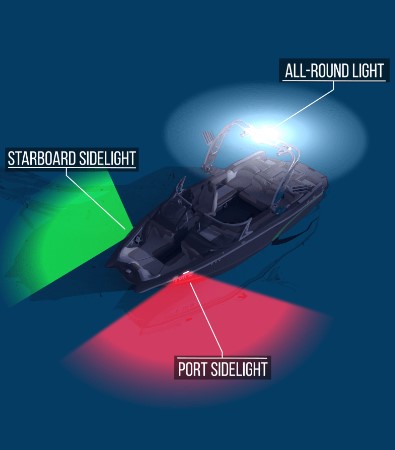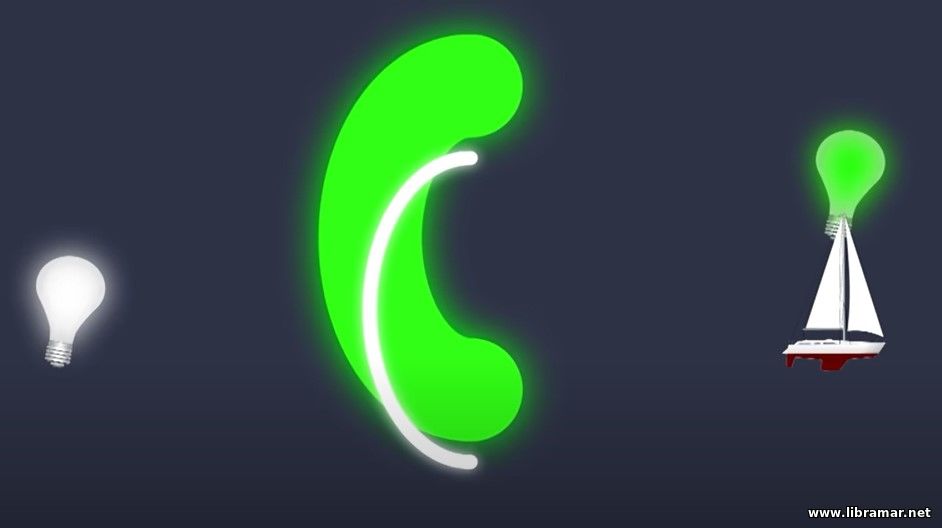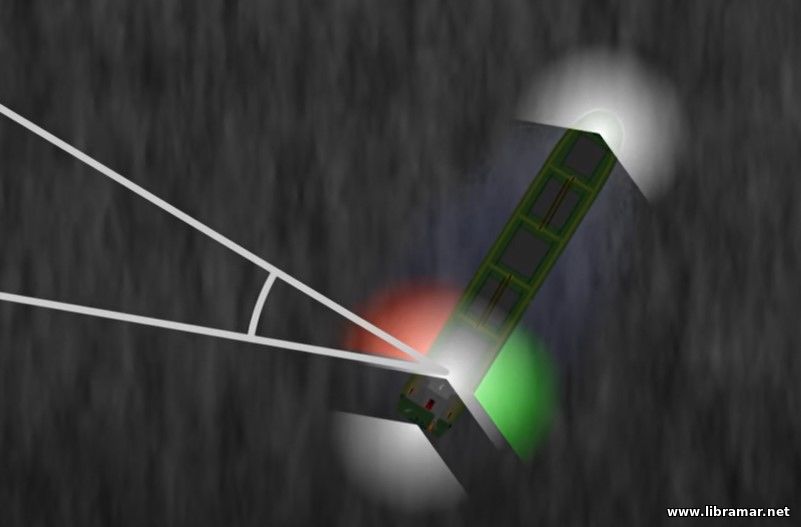
Every now and then we hear yet another story about a nighttime collision at sea, maybe between a ferry and a yacht or even between two large ships. Either way, the same question always comes up – why did not they see each other?
Sure, if it is nighttime, it is harder to see things, as you must have noticed it yourself when driving at night, you need headlights to stand a chance of seeing anything. Yet, when you look at a ship at night, they do not have headlights.
But why? If the headlights work fine for car, why not for ships? Well, think about what a headlight actually is. It is just a source of light, designed to emit photons which can bounce off objects and return to your eyes. Your brain then interprets them and tells you what you are seeing.
Simple enough but you need a light powerful enough to illuminate the area you are looking at. The power from the light is dispersed across the full width of its beam. Then, when the light hits an object, small bit of its beam that hits the object is reflected back, but it is again dispersed, meaning that only a tiny fraction of the original light gets back to you.
That is fine in a car, you want to narrow the area right ahead of you extending out far enough that you can take action to avoid the things that you see. Even at motorway speeds around 100 meters should be enough. You are probably starting to see where I am going with this.
With a ship 100 meters may not be enough to see your own bow, let alone to see far enough ahead to take any action. A large cargo ship, for example, needs more than a mile to stop. With two such vessels approaching each other, you are looking at needing at least two miles visibility to take action in time. You know how bright a car’s headlight is. Just think how much brighter a ship’s headlight would need to be to have the same effect!
Imagine two ships approaching each other at night. We have already established that they do not use headlights to see each other. So, what do they use? Well, they still use lights, but they are called navigation or nav lights instead. Every seaworthy vessel is fitted with nav lights the idea is that they are arranged in a standardized distinctive way so that other vessels can not only see you, but also identify how you are moving. As nav lights are fitted to the target vessel, their power only needs to be sufficient to be seen by other vessels.
If you have a light fitted as shown on the picture, rather than just relying on a tiny portion of reflected light, you can see how much easier it will be to see compared to using a headlight.
much easier it will be to see compared to using a headlight.
But what about identifying their movement? Let us take this cargo ship as an example. She would show two masthead lights, the aft one being higher than the forward one. These immediately tell other ships in which direction she is moving. But she also shows sidelights. These are the colored lights that you probably know about – red for port and green for starboard. Again, it reinforces, which way she is traveling.
But the lights can tell us even more than that. If we are looking at the vessel’s port side and she turns towards us – as the masthead lights come in line, you can start to see both sidelights. You know the other vessel is heading straight for you. Take the look from above and you can see that the only angle where you would see all those lights is from right ahead. The observant among you will spot that these lights do not go all the way around either. Instead, we have a single white light filling in the sector of the stern, as shown on the picture. What this means is that if you spot a single white light, one of the things it could be is a power-driven vessel viewed from a stern.
If she turns a bit you can come on the cusp of viewing her sidelights and mast headlights, too. Looking from above, the only thing where this is possible, is along the white line shown – it is two points of 22.5 degrees above the beam – the very definition of overtaking we took straight from COLREGs.
Of course, we just looked at a power-driven vessel here but there are countless variations on this arrangement. You can  add extra mast headlights to indicate you are towing or show only side lights to indicate you are sailing. You can even modify your status by adding two all-round red lights to show you are not under command, or three all-round red lights to show you are aground or make the middle one white to show that you are restricted in your ability to maneuver.
add extra mast headlights to indicate you are towing or show only side lights to indicate you are sailing. You can even modify your status by adding two all-round red lights to show you are not under command, or three all-round red lights to show you are aground or make the middle one white to show that you are restricted in your ability to maneuver.
See, nav lights tell you so much more that headlights ever could. They accomplish the basics making the vessel show up against the dark sky. But, in addition, they allow you to identify the vessel type, work out its aspect, and see which way she is moving – all vital information when it comes to applying the collision regulations, and working out which of you needs to give way to the other.








 much easier it will be to see compared to using a headlight.
much easier it will be to see compared to using a headlight. add extra mast headlights to indicate you are towing or show only side lights to indicate you are sailing. You can even modify your status by adding two all-round red lights to show you are not under command, or three all-round red lights to show you are aground or make the middle one white to show that you are restricted in your ability to maneuver.
add extra mast headlights to indicate you are towing or show only side lights to indicate you are sailing. You can even modify your status by adding two all-round red lights to show you are not under command, or three all-round red lights to show you are aground or make the middle one white to show that you are restricted in your ability to maneuver.